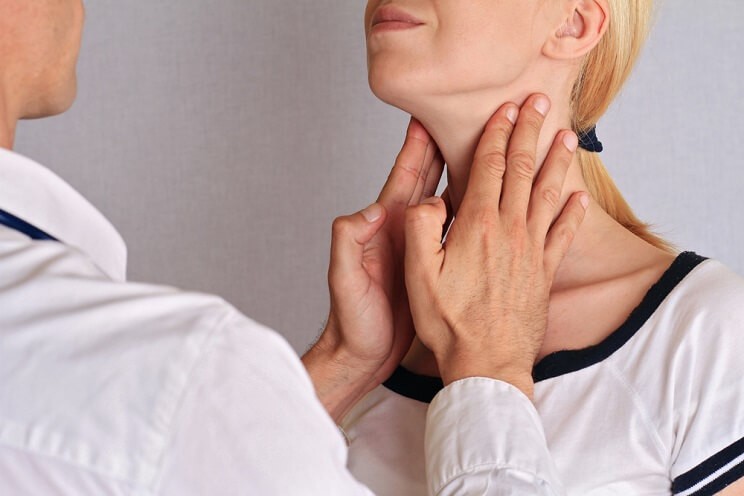It is estimated that twenty million Americans suffer from some sort of thyroid disease, but about 60 percent of people with thyroid disease are unaware of their condition, according to the American Thyroid Association. Read more about Overview And Symptoms of Hashimoto’s Disease
One such thyroid disease is Hashimoto’s disease. Also called chronic lymphocytic thyroiditis or chronic thyroiditis, Hashimoto’s disease is one of the most common causes of hypothyroidism in the United States.
Hashimoto’s disease is an autoimmune disorder that causes the body’s immune system to attack by mistake and begin to destroy the thyroid gland and its ability to produce hormones.
Thyroid hormones help to regulate metabolism, body temperature, muscle strength and many other functions of the body. Thus, a decrease in the functioning of the thyroid can harm your health.
It is not clear what exactly causes this autoimmune disorder, but it is believed that genetic factors may be involved.
Table of Contents
Risk factors for the development of Hashimoto’s disease
Although the cause of Hashimoto’s disease is not known, some factors may increase your risk of developing this disease.
Your genes can be a high-risk factor. When a family member has an autoimmune condition, others are more likely to develop one. It can be Hashimoto’s disease or something like the celiac disease or rheumatoid arthritis.
Women are at higher risk than men. Hashimoto’s disease is seven times more likely to occur in women (due to hormonal changes), especially pregnant women.
Excessive iodine in the body can trigger this disease. It is recommended to eat less iodine if you have a family history of the disease.
Hashimoto’s disease is also one of the most frequent effects of exposure to radiation. People who have received radiation for leukemia and other types of cancer have a higher risk of developing this disease, as well as Graves’ disease, type 1 diabetes, lupus, rheumatoid arthritis, and Addison.
Symptoms and Signs of Hashimoto’s Disease
Many people may have Hashimoto for many years before experiencing any noticeable signs and symptoms. The disease can remain stable for years without causing a problem.
 In addition, there are no signs and symptoms specific to this disease. Most of the symptoms are related to other conditions, especially hypothyroidism. This is why timely diagnosis is difficult.
In addition, there are no signs and symptoms specific to this disease. Most of the symptoms are related to other conditions, especially hypothyroidism. This is why timely diagnosis is difficult.
As the disease progresses, it causes a sub-active thyroid with the following symptoms.
- Tired
- Drowsiness or feeling slow
- Light Weight Gain
- Constipation
- Dry and pale skin
- Face puffy
- Nails weak and fragile
- Hair thinning
- Hoarsely
- Muscle weakness of the lower body
- Increased sensitivity to cold
- Irregular or heavy periods
- Fertility problems
- Goiter enlarged
- Joint or muscle pain
- Forgetting and difficulty learning
- Increased sensitivity to many drugs
How to Diagnose The Hashimoto’s Disease
If you experience any of the symptoms mentioned above, you should check your thyroid.
The dosage of TSH, a thyroid stimulating hormone produced by the pituitary gland, is important for diagnosing any type of thyroid disorder. With a simple blood test, a doctor can easily identify low levels of thyroid hormones T3 and/or T4 as well as increased TSH levels. The latter indicates that the pituitary gland is trying harder to stimulate the thyroid to produce more hormones.
A blood test may also show abnormal antibodies that could attack the thyroid.
Treatment for The Hashimoto’s Disease
If you have a diagnosis of Hashimoto’s disease, you will need a medication to correct any symptoms due to thyroid hormone deficiency. Most often, a single daily tablet of levothyroxine is all that is needed for the rest of your life.
Levothyroxine is a synthetic hormone that replaces the thyroid hormone lacking thyroxine.
Be sure to check your TSH rate every now and then (about every 12 months), as your doctor may need to change the dosage.

